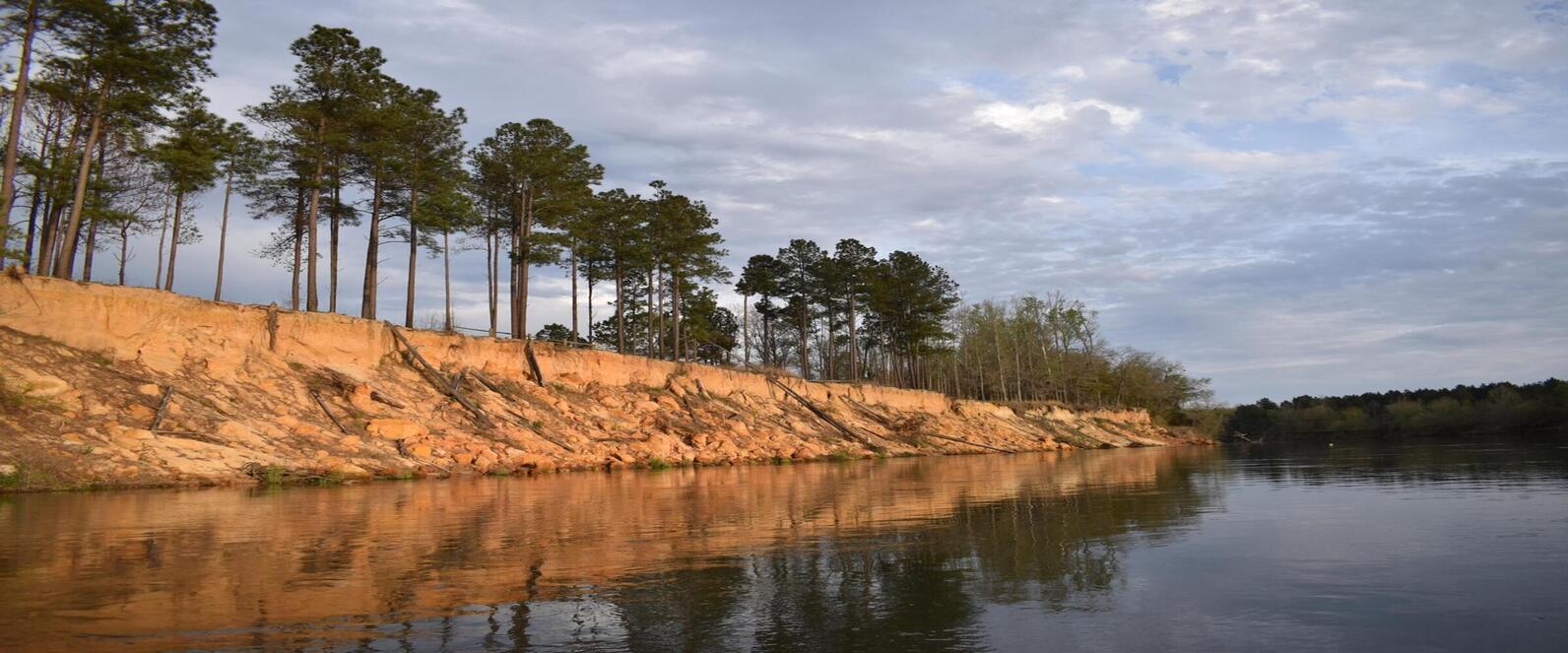Located along the Savannah River in Jackson, South Carolina, the Silver Bluff Audubon Center and Sanctuary is a forever-protected haven, where birds and wildlife are flourishing thanks to focused forest management.
Yet as logging trucks rumble through the bird sanctuary, some might frown upon seeing their heavy payloads exiting the freshly cleared land. At first glance, the harvesting of trees doesn’t seem conducive to bird habitat, but looks can be deceiving.
In fact, Audubon South Carolina land managers are working diligently to restore local lands to make them look and function like the forests that historically dominated the landscape. Long before humans arrived, South Carolina forests were defined by wide-ranging fires induced by natural causes. The forest was open and alive with towering trees above and wind-blown grasslands below.
Eventually, the region was transformed to accommodate growing communities, and forests were cleared to build roads, infrastructure, and other modern conveniences. Understandably, unchecked wildfires were quickly deemed a nuisance, and fire prevention became a major issue. For more than a century, these historic landscapes were slowly lost due to development, fire suppression, and neglectful forest management. What once encompassed 90 million acres across the Southeast, dwindled to 4.5 million acres of authentic landscape.
Silver Bluff Audubon Center and Sanctuary is restoring these historic habitats by actively managing the land to cultivate native flora and attract native fauna, including Northern Bobwhite Quail and Red-cockaded Woodpeckers. ‘
So how do land managers restore native landscapes to ensure healthy ecosystems and abundant habitat? The answer includes the use of prescribed burns, which opens the forest and restores the lifecycle of native, fire-adapted plant species. For instance, controlled fires allow South Carolina’s beloved Longleaf Pines to become giants, living hundreds of years and providing habitat for generations of native wildlife species.

But restoring forested landscapes across South Carolina often requires more work than simply reintroducing fires alone. For Audubon South Carolina land managers, a comprehensive solution also requires working in close partnership with logging crews to harvest trees that do not reflect the mission of restoring traditional landscapes. Only by carefully selecting trees for removal and preventing damage to trees that are vital to the success of the region’s ecosystems, in addition to using prescribed burns, can land managers truly mimic nature and effectively restore natural habitat.
After a strategically executed timber harvest, nature takes it course. Sunlight dries the ground and cures the fuels, making prescribed burns more effective. Birds that need open, frequently-burned forests are quick to move in, and birds that like heavy cover move to adjacent stands of oak and hickory trees.
Managing forests for wildlife is complex and requires a mix of approaches to benefit the organisms that we all love. That is why Audubon South Carolina and the Silver Bluff Audubon Center and Sanctuary are leading the charge for conservation and restoration of these vital, threatened ecosystems.
To learn more or get involved, please visit our website or contact Audubon South Carolina Forest Manager Tim Evans at TEvans@audubon.org. Where birds thrive, people prosper!




